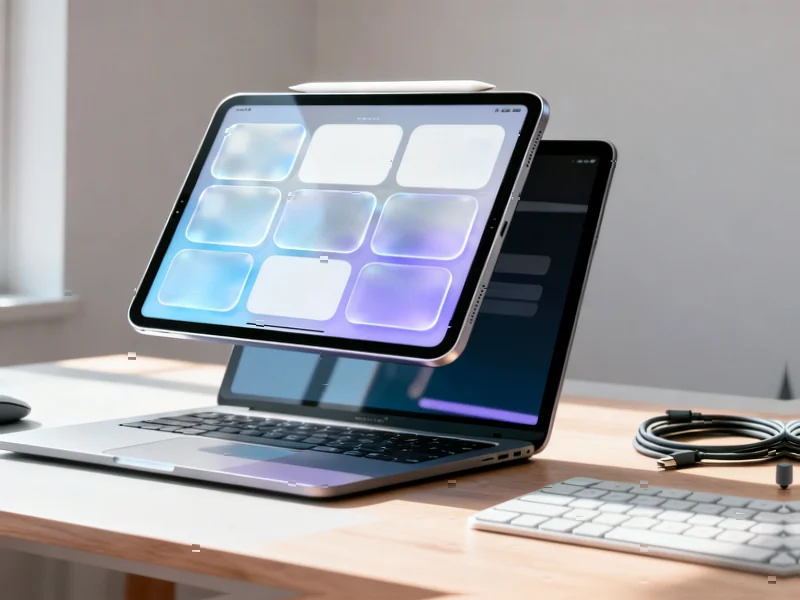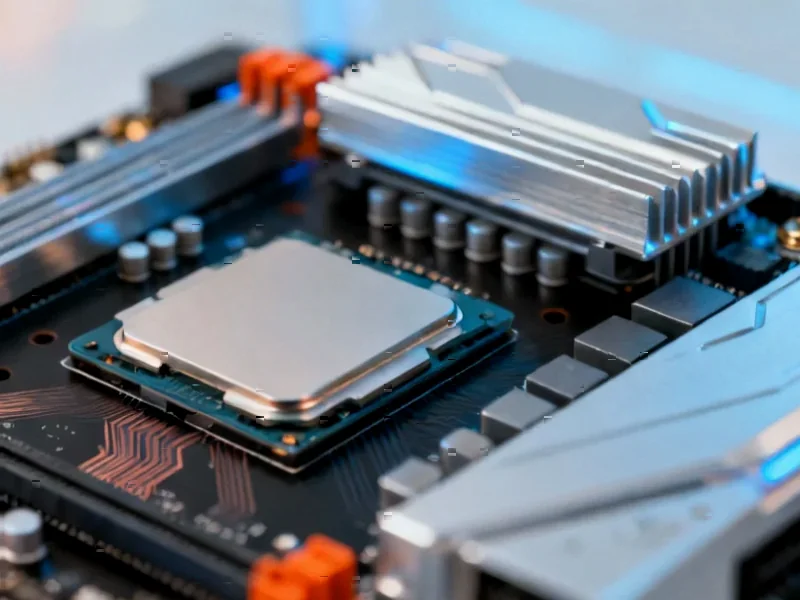According to 9to5Mac, Apple is preparing for a substantial November product and software rollout following October’s hardware announcements. The company is expected to launch iOS 26.1 and iPadOS 26.1 this coming week, with iPadOS specifically reintroducing Slide Over as a companion to the existing windowing system for enhanced multitasking. Three new hardware products are anticipated for November debut: a new Apple TV 4K with upgraded A17 Pro chip enabling Apple Intelligence support and potentially a built-in camera, a HomePod mini 2 with improved audio quality and new colors, and the long-awaited AirTag 2 featuring upgraded Ultra Wideband technology. Additionally, iOS 26.2 beta testing could begin as early as this week, with Apple working against an accelerated timeline to meet its typical mid-December public release deadline before the holidays. This coordinated launch strategy represents Apple’s final major push for 2024.
Table of Contents
- The November Gambit: Why This Timing Matters
- Hardware Ecosystem Expansion: Beyond Incremental Updates
- Software Strategy: The .1 Update Anomaly
- Streaming Ambitions: Beyond Hardware and Software
- Competitive Landscape and Market Implications
- Execution Risks and What Could Go Wrong
- Related Articles You May Find Interesting
The November Gambit: Why This Timing Matters
Apple’s decision to cluster multiple launches in November represents a calculated departure from its traditional October-focused announcement schedule. Historically, October has been Apple’s preferred month for major product reveals, allowing sufficient time for holiday shopping momentum to build. The shift to November suggests either supply chain considerations or strategic positioning against competitors’ holiday offerings. What’s particularly noteworthy is the compressed software development cycle—with iOS 26.1 launching later than usual and 26.2 betas immediately following, Apple is clearly prioritizing feature completeness over development comfort. This accelerated timeline could introduce stability risks, especially given the complexity of integrating Apple Intelligence across multiple product categories simultaneously.
Hardware Ecosystem Expansion: Beyond Incremental Updates
The rumored hardware refreshes signal Apple’s commitment to strengthening its home and accessory ecosystem. The Apple TV 4K’s potential inclusion of an A17 Pro chip represents a significant computational upgrade that could transform the device from a media consumption tool to a home intelligence hub. If the camera rumor proves accurate, it would position Apple TV as a central component in the company’s smart home strategy, potentially integrating with FaceTime and HomeKit Secure Video. Similarly, the HomePod mini 2 and AirTag 2 updates suggest Apple is addressing key competitive weaknesses—improving audio quality to better compete with Sonos and Amazon, while enhancing location tracking security following privacy concerns around the original AirTag. These aren’t mere spec bumps; they’re strategic responses to market pressures.
Software Strategy: The .1 Update Anomaly
The focus on iOS 26.1 and iPadOS 26.1 features reveals Apple’s evolving approach to software development. Traditionally, .1 updates have been primarily focused on bug fixes and stability improvements. The reintroduction of Slide Over in iPadOS 26.1—a feature that had been deemphasized in previous versions—suggests Apple is responding to user feedback about multitasking complexity. This represents a more agile development approach where features can be tested, removed, and reintroduced based on real-world usage patterns. The simultaneous rollout of similar visual features like Liquid Glass ‘Tinted’ across iOS and macOS indicates Apple is prioritizing visual consistency across its ecosystem, potentially laying groundwork for deeper cross-platform functionality in future updates.
Streaming Ambitions: Beyond Hardware and Software
While hardware and software dominate the conversation, Apple’s content strategy deserves equal attention. The emphasis on “Pluribus” as a potential “Severance-sized hit” reveals Apple’s ongoing struggle to achieve consistent streaming success despite massive investments. Apple TV+ has demonstrated it can produce critically acclaimed content, but has yet to establish the consistent hit factory of competitors like Netflix or Disney+. The New York Times’ description of Pluribus as “as big as modern TV gets” suggests Apple is betting heavily on this release to drive subscriber growth during the competitive holiday streaming season. This content push coincides perfectly with hardware updates that make consuming that content more appealing—a classic Apple ecosystem synergy play.
Competitive Landscape and Market Implications
Apple’s November offensive comes at a crucial moment in several competitive battles. In the streaming device space, the upgraded Apple TV 4K would directly challenge Google’s Chromecast with Google TV and Amazon’s Fire TV devices, both of which have been gaining market share through aggressive pricing. The HomePod mini 2 enters an increasingly crowded smart speaker market where Amazon and Google continue to dominate. Most importantly, the integration of Apple Intelligence across these devices represents Apple’s answer to the AI-powered features being rolled out by competitors. The coordinated nature of these launches—spanning software, hardware, and content—demonstrates Apple’s unique ability to create ecosystem synergies that competitors struggle to match.
Execution Risks and What Could Go Wrong
The ambitious November timeline carries significant execution risks. The compressed software development cycle for iOS 26.2 increases the likelihood of bugs and stability issues reaching consumers. Simultaneously launching multiple hardware products risks supply chain constraints and inventory management challenges during the critical holiday season. There’s also the question of whether these products represent sufficient innovation to drive upgrade cycles, particularly for the Apple TV which has seen declining update frequency. The rumored budget 12.9-inch MacBook’s potential delay to 2026 further suggests Apple might be stretching its engineering resources thin across multiple product categories. Success will depend on flawless execution across software, hardware, and content divisions simultaneously—a challenge even for Apple’s famously integrated organization.
Related Articles You May Find Interesting
- AI Takes the Helm in Spacecraft Thruster Design Revolution
- Klevv’s Jet Black DDR5 Memory Targets Stealth PC Builds
- Google’s Age Verification Gamble: Privacy vs. Protection
- PhantomRaven’s Remote Dynamic Dependencies Redefine Supply Chain Threats
- YouTube’s TV Transformation: From Accidental Giant to Intentional Powerhouse



